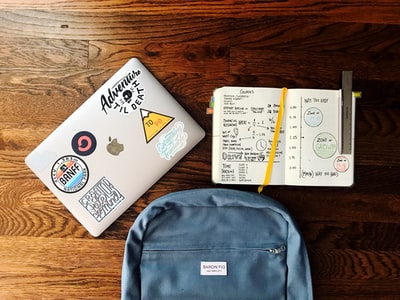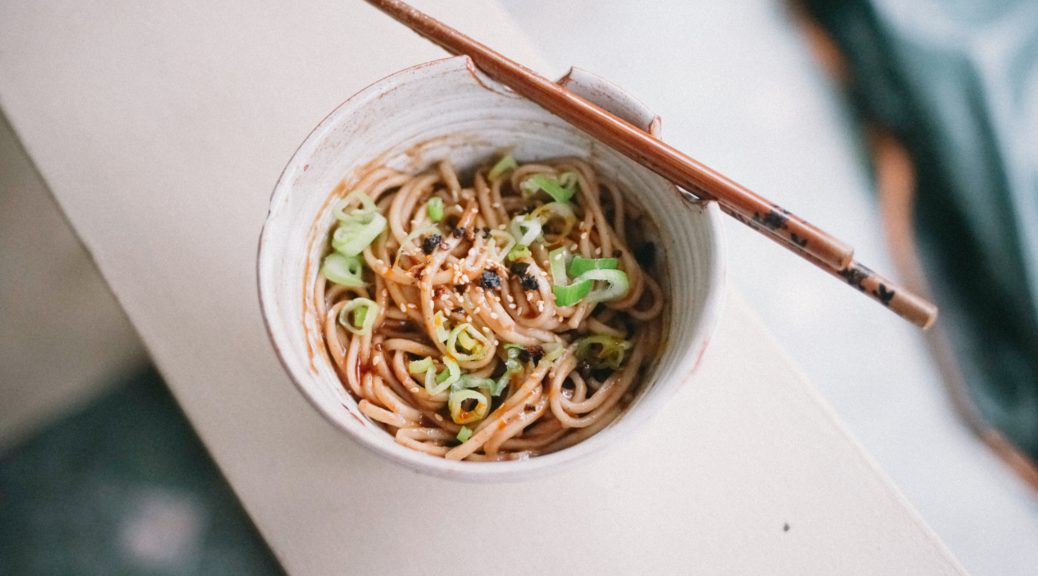By Stella Yeong
Edited by Natalie Grace Sipula
[4 minute read]
It’s easy to feel like college is supposed to be the most important and formative part of your life. At least, that’s what many of us have been led to believe through media and film. However, after some time, I’ve come to realize that’s not true for everyone. It’s hard to not get muddled up in what you think your experience is supposed to be, but it is best to focus on making it the best version of what it already is. I felt the same way about high school — like everything that happened was the most important thing in the world. Yet, the number of people that I still keep in contact with that I used to see every day can now be counted on one hand. Even my most embarrassing or happiest moments have all become a blur.

High school and college can be all-consuming while you’re in them, especially because they are a cesspool of unhealthy comparison. However, everyone is on their own path — it may take longer to get from one place to another for some, but that doesn’t determine your destination. Trust that everything will work out, and if it doesn’t, worry about it when it happens because everything, good or bad, eventually comes to an end.
Here are a few tips I’ve gathered over time to help remember how to keep things in perspective in college:
1. Start studying early to minimize stress around exam time.

Annoyed how tests, projects, and papers all seem to pile up at the same time? Start studying early by going over your notes for a few minutes each day so you don’t have to cram for four classes at once. When you have some free time, study even if you don’t think you have to because exam time can sneak up on you before you know it. Easier said than done, but try not to procrastinate! This way you won’t be so concerned about where you stand in relation to others when you are cramming during exam week.
Continue reading Take a Breath: Keeping Things in Perspective in College




